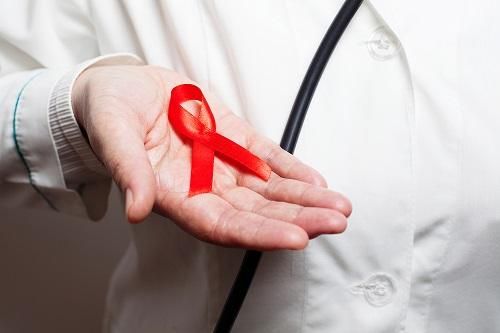England on Track to End HIV Transmission by 2030
England has been meeting and exceeding its HIV diagnosis and treatment goals set by UNAIDS.

In early 2019, England set a goal to eliminate HIV transmission by the year 2030. A study published in The Lancet Public Health shows that if they continue recent trends of diagnosis and treatment, they may be able to meet this goal.
In 2013, UNAIDS set a 90-90-90 target for 2020 to have 90% of people living with HIV diagnosed, 90% of diagnosed people receiving sustained antiretroviral therapy (ART), and 90% of ART recipients with viral suppression.
The UK had already exceeded this goal, estimated to have 94% diagnosed, 98% on treatment, and 97% virally suppressed as of 2019.
Investigators at the MRC Biostatics Unit, University of Cambridge, and Public Health England (PHE) utilized demographic, multiple surveillance, and survey datasets, usually used to estimate HIV prevalence in a single year, to predict future HIV trends. The study aimed to estimate trends in HIV prevalence, and specifically the number of undiagnosed people living with HIV.
The investigators conducted an evidence synthesis study by stratifying England’s adult population from 2013-2019 by exposure group and ethnicity (i.e., gay and bisexual men, people who inject drugs, and Black African heterosexuals), gender (male or female), age (15 years and older), and region (London or outside London). The data were combined with previous assumptions in a Bayesian model that encoded the linkage between each data source and quantity to be estimated.
The study found, with a 95% credible interval, the number of people unaware they were HIV positive was half in 2019 what it was in 2013, down from 11,600 to 5900. The total number of diagnosed people living with HIV was reported to be 92,800, for an estimated total of 105,200 diagnosed and undiagnosed people with HIV in the UK.
The country remains on track to diagnose 95% of people living with HIV by 2025, and end HIV transmission by 2030.
Dr. Valerie Delpech, head of the HIV Team at Public Health England, cited HIV testing, early treatment, and increased use of pre-exposure prophylaxis (PrEP) as sources of the UK’s success.
However, these trends are not uniform across key demographics. People living outside of London, gay, bisexual, and other men who have sex with men (GBM), and Black African heterosexual men remain disproportionately affected by HIV, with higher rates of transmission and a higher number of undiagnosed people living with HIV. While these high-risk populations are seeing decreases in undiagnosed HIV, they are considerably less than the general public.
Additionally, the report indicates that sexual health clinic attendance has declined among people who are not GBM, Black African, or born in a high-prevalence country, meaning these people who do not believe themselves to be at risk are missing valuable HIV testing opportunities.
According to Professor Daniela De Angelis, the study’s senior author, “Overall, we see a positive picture for the HIV epidemic in England, with a dramatic fall in the number of people living with undiagnosed HIV. We estimate we are already several years ahead of the UNAIDS 2020 goals and are on target to reach 95% diagnosed by 2025 and to eliminate HIV infections by 2030.”
